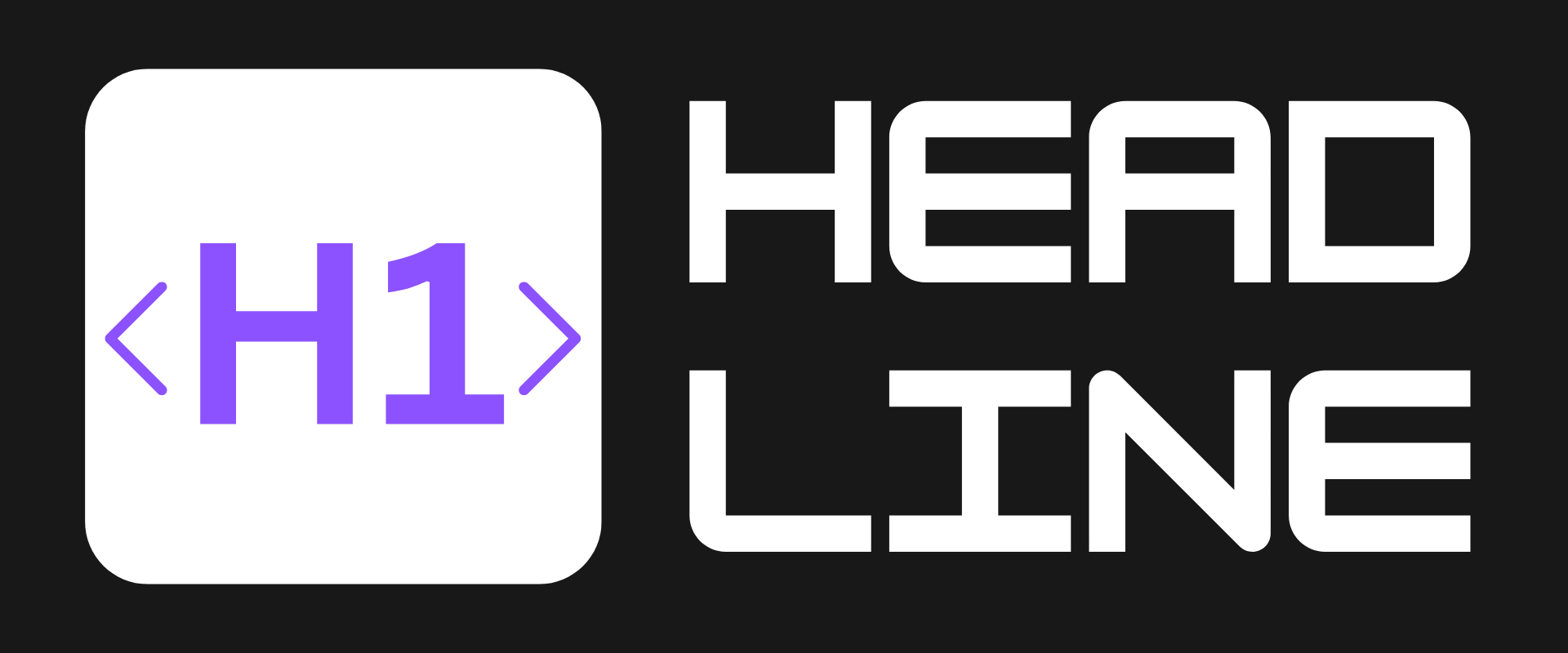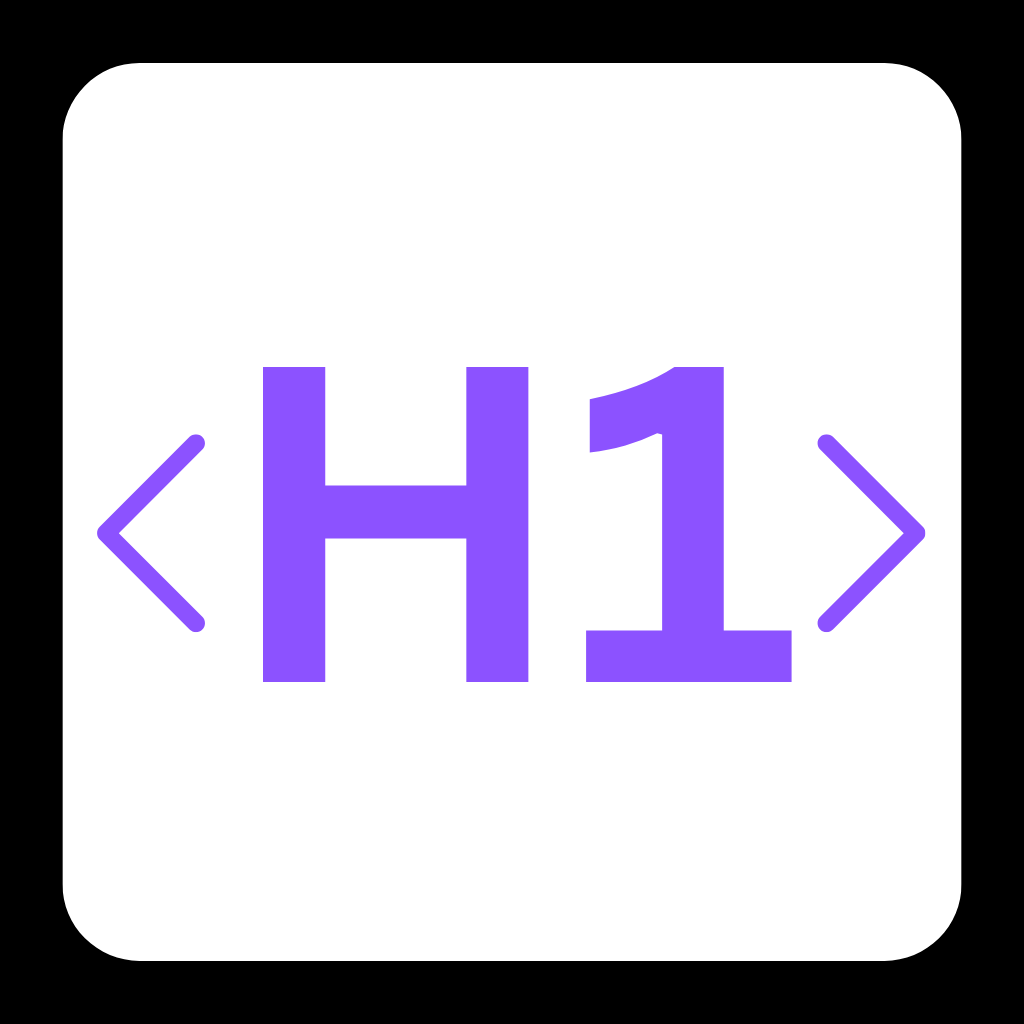What Happens When a Children’s Hospital Puts an AI Officer in Charge?

Is Artificial Intelligence the Prescription Healthcare Needs?
When you think of innovation in medicine, you might imagine cutting-edge treatments or futuristic machines. But increasingly, the real revolution is happening behind the scenes—with data and AI leading the charge. At Ann & Robert H. Lurie Children’s Hospital of Chicago, Chief AI Officer Rajiv Kolagani is orchestrating a massive transformation, proving that the future of pediatric care is as much about algorithms as stethoscopes. Can AI-powered data platforms truly reshape healthcare? Let’s dive in.
🚑 The Healthcare Data Dilemma: Why AI Matters More Than Ever
- Massive Data Overload: Hospitals generate terabytes of patient data, research findings, and billing records—making it difficult for clinicians to spot patterns or make timely decisions.
- Outdated Systems: Prior to Kolagani’s arrival, Lurie’s technology and operating models were described as “outdated,” leading to trust issues and poor adoption.
- Siloed Insights: Medical staff struggled with fragmented analytics, resulting in delays—sometimes, chart review took days.
- High Stakes: In healthcare, slow decisions or incomplete data can mean delayed diagnoses or treatments, especially for vulnerable pediatric patients.
Why does this happen? The evolution of medical records from paper to digital meant hospitals rushed to implement electronic health record (EHR) systems. But without modern analytics, these digital records became data graveyards—hard to search and harder to use for actionable insights. Add complex privacy rules and you’ll see why innovation was urgent.
🚀 A Game-Changer: Lurie Children’s AI-Powered Data Revolution
Enter Rajiv Kolagani—the hospital’s first Chief Data and AI Officer, a role so new it's only recently made headlines. Kolagani brought with him two decades of healthcare and analytics leadership, including successes at Duly Health and Care, DaVita, and Centene, where his AI programs improved outcomes and modernized payment models.
At Lurie Children's, he's leading a major shift:
- AI System Miracle: The team developed an AI-powered platform that slashes chart review times from days to minutes. This means faster diagnoses, more comprehensive care, and less admin burden for staff.
- Full-Stack Modernization: Over two-and-a-half years, the hospital has completely overhauled its technology stack and invested heavily in transforming people, processes, and tools for a data-driven era.
- Culture Shift: Kolagani emphasizes that “AI isn’t just software—it’s a team sport,” requiring buy-in from everyone at the hospital, not just the IT department.
This approach positions Lurie Children’s as a blueprint for hospitals everywhere wanting to leverage AI for patient-centric care and operational excellence.
- ✅ Immediate Benefits: Faster chart reviews, fewer delays, higher trust in data.
- ✅ Care Team Empowerment: Clinicians have more time for patients, less time lost to paperwork.
- ✅ Patient-Centric Impact: Parents and kids benefit from quicker, more accurate care.
🚧 Challenges on the Road to an AI-Driven Hospital
- 🚧 Human Resistance: Staff worry AI will make their work impersonal, or that automation might overlook subtle clinical details. Ensuring proper oversight and transparency is critical.
- ⚠️ Data Trust Issues: Previous bad experiences with outdated analytics had eroded confidence. Kolagani had to rebuild credibility—"There were issues with trust with data and adoption," he admits.
- 🚧 Changing Mindsets: AI adoption isn’t plug-and-play. It demands new workflows, retraining, and fresh approaches to decision-making.
- ⚠️ Investment Hurdles: Modernizing a hospital’s entire analytics infrastructure is expensive, both in dollars and staff hours—and healthcare budgets are rarely flush with extra cash.
💡 Final Thoughts: Is AI the Team Sport That Will Save Modern Medicine?
The AI-powered transformation at Lurie Children’s Hospital shows real promise. By shortening chart reviews from days to minutes and modernizing decades-old systems, Kolagani’s team is making pediatric care faster, more accurate, and more compassionate. But ultimate success will depend on:
- ✅ Continuous Engagement: Doctors, nurses, IT teams, and leaders must all be involved—not just during launch, but as AI evolves.
- ✅ Transparency: Clear communication so everyone knows how AI works and why decisions are made.
- 📉 Vigilance: Monitoring for bias, maintaining privacy, and ensuring AI supports—not replaces—the human touch.
- 🚀 Vision: A commitment to ongoing innovation and learning from early mistakes.
As AI takes a bigger role in medicine, will more hospitals appoint Chief AI Officers—and will the results always be so promising? What do you think: Is AI ready to transform healthcare for kids everywhere, or are there risks we haven’t fully grasped yet?
Let us know on X (Former Twitter)
Sources: Bill Siwicki. "AI is a team sport, says chief AI officer," June 2024. https://www.healthcareitnews.com/news/ai-team-sport-says-chief-ai-officer










